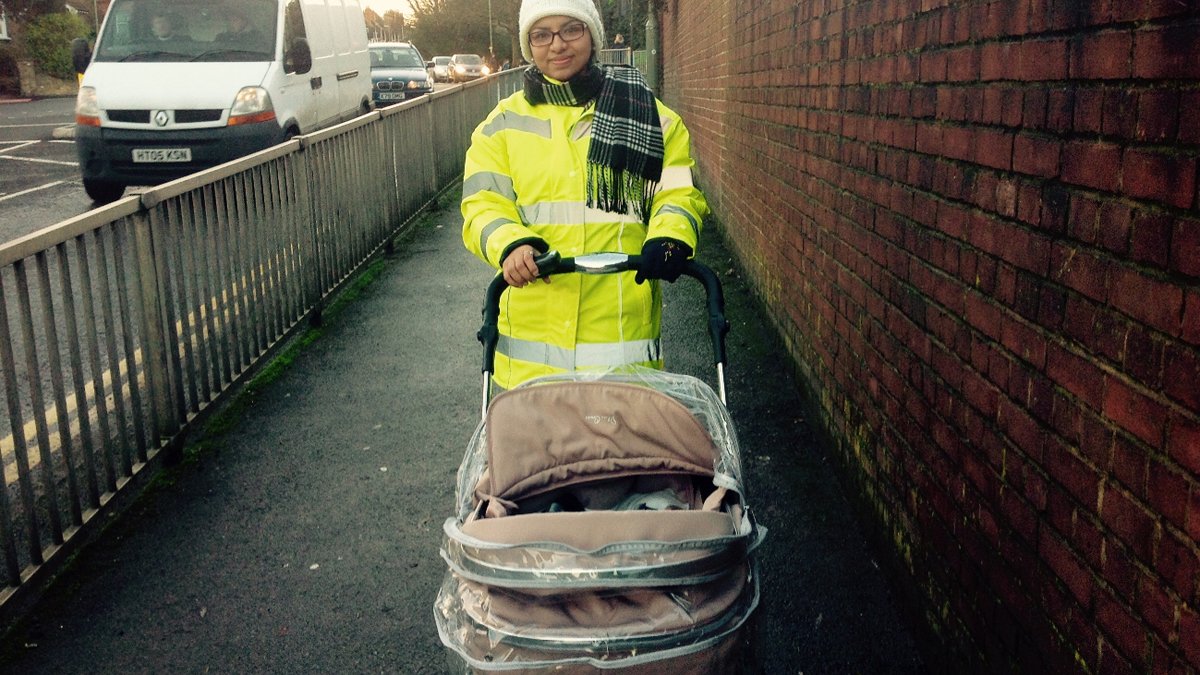When are babies in prams most exposed to air pollution?
In a WHO report in March 2017, it was revealed that 570,000 children under the age of five die every year from respiratory infections such as pneumonia, attributable to indoor and outdoor air pollution, and second-hand smoke.

Pinpointing when and how young children are most likely to be exposed to harmful pollution could enable parents and others to take measures to reduce their risk. This study – conducted by the Global Centre for Clean Air Research (GCARE) under the UGPN-funded NEST-SEAS (Next-Generation Environmental Sensing for Local To Global Scale Health Impact Assessment) project – found that babies in prams accompanying older siblings on the school run are twice as likely to be exposed to harmful air pollution in the morning than in the afternoon.
The research, which was published in Environmental Pollution, investigated the levels of exposure of babies to fine and ultrafine particulate matter at the two specific times of day when they are most likely to be outside, close to roads. It also revealed that the worst places for infants to be exposed were at bus stops and traffic lights when waiting to cross roads.
The study involved a series of experiments using high specification air monitoring equipment, located inside a pram, to gauge the kind of pollutants and toxic chemicals babies and toddlers are exposed to. During the tests, the monitoring equipment simulated the average primary school drop-off and pick-up, passing through a number of traffic intersections and bus stops.
Previous research has shown that young children are far more susceptible to pollution than adults, due to their developing organs and immune system, and smaller bodies.
These traffic intersections and bus stops emerged as pollution hotspots, with high levels of both coarse and fine particles. While small-sized particles (including ultrafine particles) were up to 47 per cent higher during the morning than the afternoon hours, reflecting the heavier traffic emissions during morning peak hours, coarse particles showed the opposite, with 70 per cent higher concentration during the afternoon. This indicates that re-suspension is affected by the wetness of road pavements due to overnight dew in the early mornings.
GCARE Director Professor Prashant Kumar said: “Previous research has shown that young children are far more susceptible to pollution than adults, due to their developing organs and immune system, and smaller bodies. These findings provide an insight for families who walk to and from nursery/primary schools with young children. Essentially, children could be at risk of breathing in some nasty and harmful chemical species such as iron, aluminium and silica that form together with the particles of various size ranges.
“One of the simplest ways to combat this is to use a barrier between the in-pram children and the exhaust emissions, especially at pollution hotspots such as traffic intersections – so parents could use pram covers if at all possible. We are also working closely with our industrial partners to develop innovative methods to clean the air around the children in their in-pram microenvironments.”